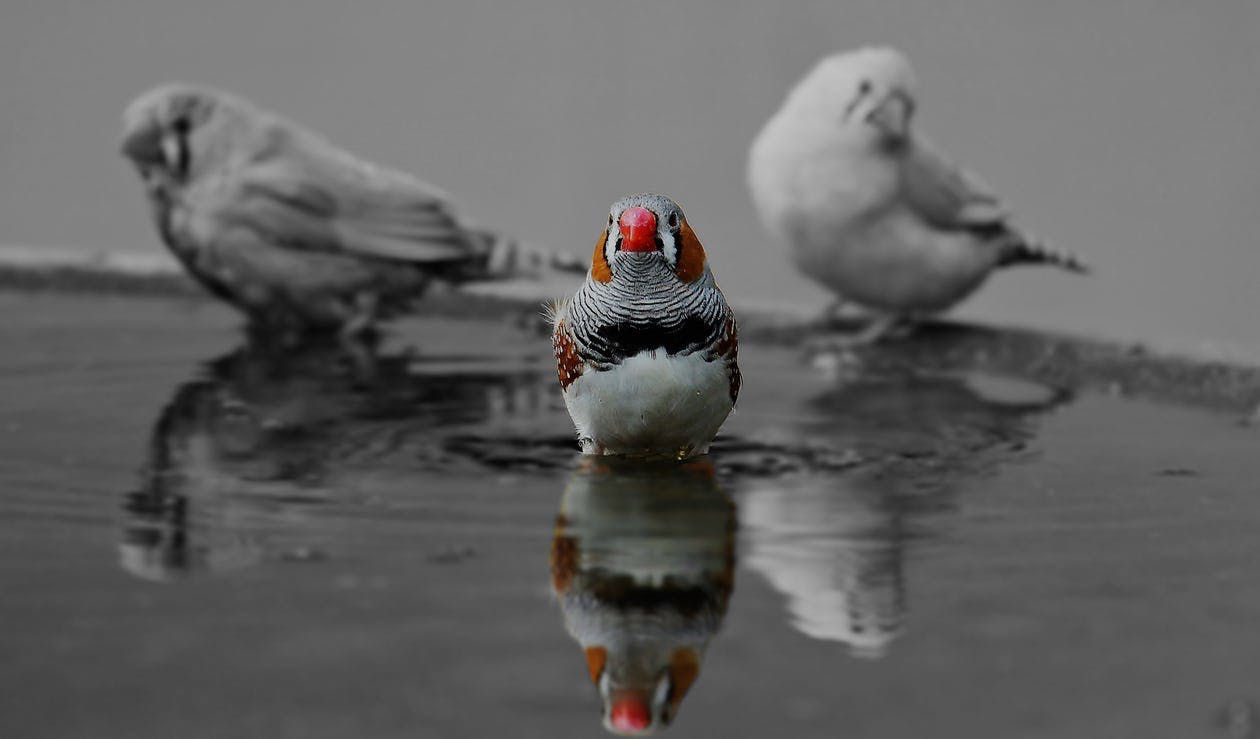Darwin’s Finches: Natural Selection

At a Glance
Discipline
- STEM
- Biology
Instructional Level
- College & CEGEP
Course
- NYA Biology
Tasks in Workflow
Social Plane(s)
- Individual
- Group
- Whole Class
Type of Tasks
- Collecting & seeking information
- Discussing
- Solving problems
- Analyzing
- Reading
- Taking a quiz & test
Technical Details
Useful Technologies
- Interactive white board (real-time class data analysis)
Time
- Single class period (< 90 mins)
Instructional Purpose
- Preparation & knowledge activation
- Application & knowledge building
Overview
In this game-based activity, students learn about natural selection, evolution of traits, and data collection/analysis through the example of Darwin’s finches.
Students act as finches with various beak types, which represent different species, and must collect as many seeds as possible with their ‘beaks’ (e.g. tweezers or spoons) within a time limit. Depending on their beak type, students will be more or less successful in collecting seeds and the specific seed types available in their environment (i.e. a container filled with ‘seeds’ such as rice, styrofoam balls, etc.). This part of the activity helps students to understand which beak types in the finch population are favourable for seed collection and how specific beak types have evolved to be optimized to the collection of specific seed shapes. Once students have collected and counted their seeds, they add their data to a class spreadsheet.
At this point in the activity, the instructor divides the class into two sides; this represents a natural disaster that has split the finch population onto separate islands. Both ‘islands’ are given new food containers, but this time, the food containers have only one seed type in them, and the seed type differs between island 1 and island 2. Students must again collect as many seeds as possible within a time limit and add their data to the class spreadsheet. Because students are restricted to only one seed type in their environment, some beak types will be more successful at collecting food and will survive on the new island while other finch species will not. This visually demonstrates the mechanics of natural selection and helps students understand how traits evolve in relation to the surrounding environment.
Using the data in the class spreadsheet, students analyse the data before and after the natural disaster event and, based on the results, draw conclusions about natural selection and the evolution of traits.
Instructional Objectives
- To explain the concept and the mechanics of natural selection (e.g., consequences of having/not having particular inherited traits, effect of inherited traits on speciation and survival)
- To familiarize students with forms of data collection in biology
- To provide students with an opportunity to practice experimental data collection and analysis
Workflow & Materials

Activity Workflow
Published: 27/11/2018
Copyright: © 2025 Awad. This is an open-access article distributed under the terms of the Creative Commons Attribution License (CC BY). The use, distribution or reproduction in other forums is permitted, provided the original author(s) and the copyright owner(s) are credited and that the original publication on this website is cited, in accordance with accepted academic practice. No use, distribution or reproduction is permitted which does not comply with these terms.

